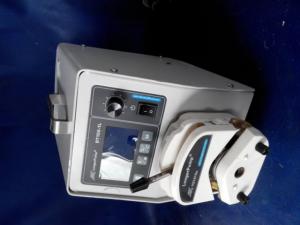Shenzhen Wisdomlong Technology CO.,LTD
Shenzhen Wisdomlong Technology CO.,LTD Mainly engaged in automation parts, PLCS,DCS,sensors, relays,
dirves,encoder, servo drive,soft starter,touch
screen,instrument,process control,electric transmission and factory
automation aspects of the project design,software
programming,technical service and staff training. Our company
locats at the central of China,Shenzhen, Guangdong Province. With
rapid development, Wisdomlong serves fields of automation in global
markets, Our business covers five continents throughout the world
with the basic conviction of honest, the international management
of customer-centered concept and purpose of bringing convenience to
customers. We have confidence to bring our customers more
substantial profit with high-quality service and reasonable prices.
Choosing us,you will choose a sincere friend and reliable partner.
Please feel free to contact us if you are a global manufacturer of
high quality brand products who desires to enter the Chinese market
or who searches for a Chinese agent.We would like to create a
brilliant future with friends in domestic and overseas. All goods
sold have one year warranty.
The company with domestic and international numerous well-known
brands supplier to build have extremely good relations of
cooperation, in Japan, South Korea, southeast Asia, Africa, Europe
and the United States, and formed a stable and efficient supply
network. The agent and the products are widely used in machinery,
equipment manufacturing, electric power, metallurgy, petrochemical,
automobile manufacturing industry, paper making, chemical industry,
medicine and aerospace industries.
Our Main Brand:
MITSUBISHI
YASKAWA
PANASONIC
GE FANUC
EMERSON
FISHER-ROSEMOUNT
HONEYWEL
ABB
AB
SHNEIDER MODICON
SIEMENS
................















